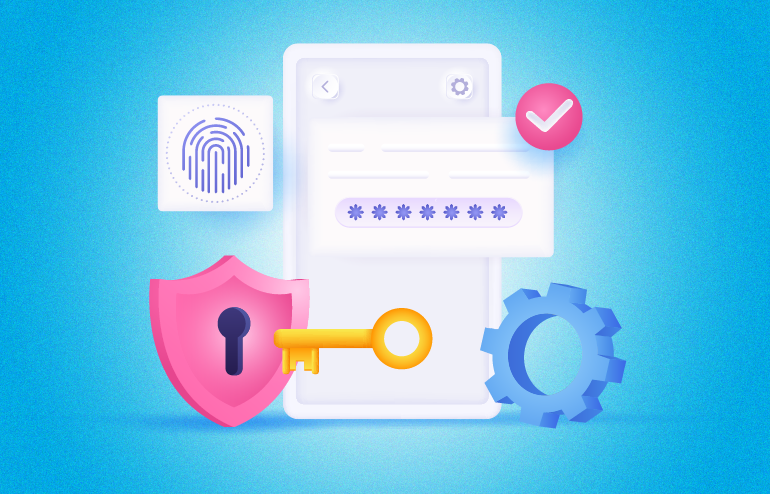MFA—Why You Can’t Set It and Forget It

Multifactor authentication (MFA) is not a static, set-it-and-forget-it process. Financial institutions must constantly monitor—and make necessary adjustments—to ensure effectiveness so that only authorized users are accessing their network, data, and services.
MFA Methods and Risk
Some of the most common MFA methods, particularly with Microsoft Azure are:
- FIDO2 security key
- Microsoft Authenticator app
- Windows Hello for Business
- OATH hardware/software tokens
- Short messaging service (SMS)
- Voice calls
FIDO2—the latest and greatest MFA—enables easy and secure authentication. It takes passwords out of the equation and instead uses public key cryptography for authentication to enhance security. The Microsoft Authenticator app is also capable of passwordless authentication in Azure, which is making it an increasingly popular option. This modern multi-factor authentication method can act as a FIDO2 key, send push notifications, and support user awareness by providing location and client data within the app.
Windows Hello for Business is another form of advanced authentication that is also capable of passwordless authentication. However, institutions should be careful when implementing this approach to MFA because it can entail unique stipulations.
Two of the riskiest types of authentication are MFA facilitated by either SMS or voice calls. SMS-enabled MFA, which combines the use of a text message and code, is one of the most frequently used methods of authentication. However, since text messages are not encrypted, they are vulnerable to telecom tower relaying interference. Because of this vulnerability and its wide adoption, SMS is a major target of attackers. Voice calling, which uses telecom services to call with the code, is another risky form of MFA because it is possible that someone else could intercept the phone call.
For any TOTP-based method of MFA, there is an inherent risk of users giving away the codes. This can be accomplished via clever phishing techniques or malicious applications on mobile devices.
Combining MFA with Other Defensive Layers
Today’s sophisticated cyberattacks often attempt to exploit weaknesses that are present in the MFA workflow. Unlike traditional attacks that sought to bypass basic authentication protocols, newer schemes tend to follow normal MFA workflows to exploit human behavior. Attackers are also using other creative strategies to effectively circumvent MFA requirements. For example, they may hijack an already MFA-authenticated session to gain unauthorized access.
To evade cyberattacks, institutions must go beyond taking a relaxed, set-it-and-forget-it stance for MFA. They must enhance MFA by adopting newer more modern methods for their users. They must also be cognizant of attacks that can effectively bypass MFA, as we have seen with MFA-resistant phishing scams. To compensate for these newer styles of attacks, institutions should seek to implement multiple layers of security. In Azure, this will mean the adoption of Conditional Access Policies (CAPs). Stacking multiple CAPs targeting various combinations of MFA, apps, clients, locations, compliance status, and device types is the best way to improve an organization’s security posture. For more information about this important topic, watch our webinar on “MFA–Why You Can’t Set It and Forget It.”

